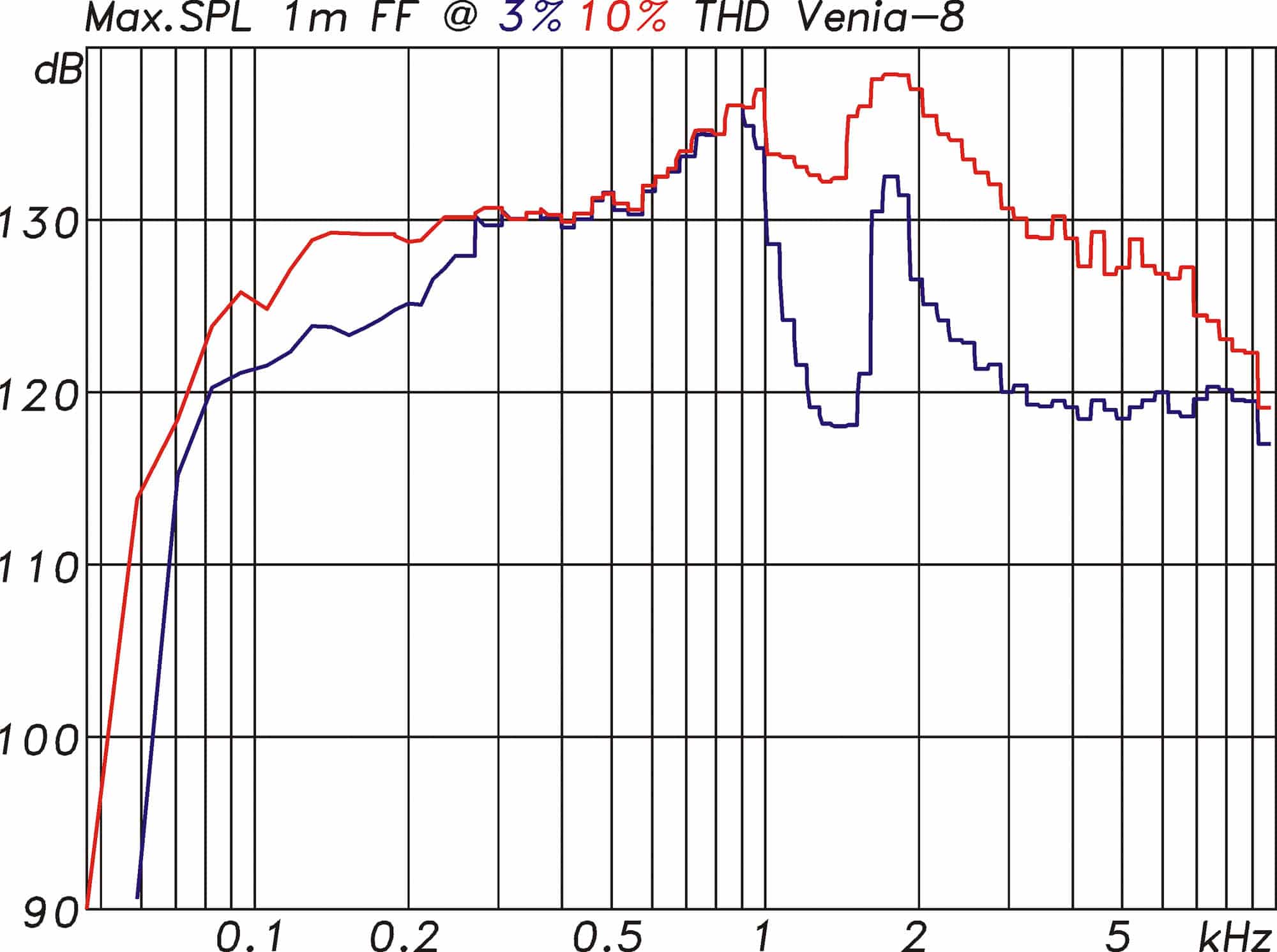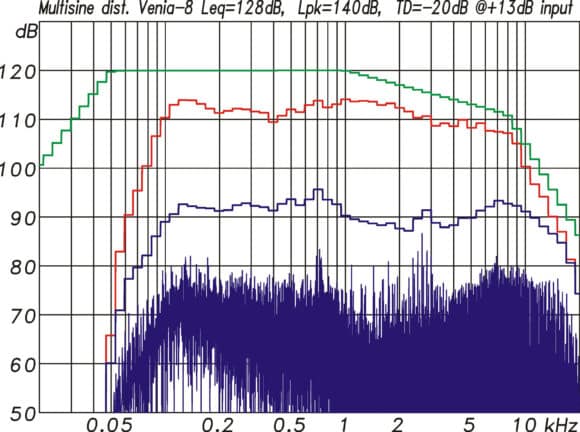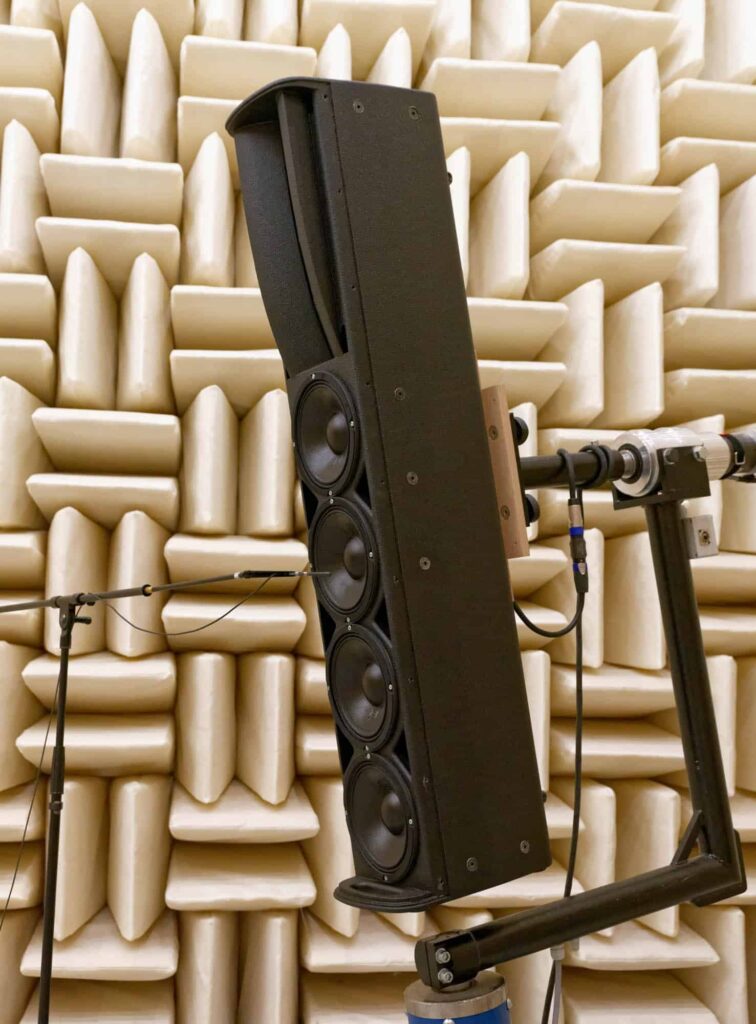(Ah well, since he's brought this strange act back to the thread for a moment...)
Wrong. Your title is a cause>effect. Begging the question fallacy. You're not asking IF "reduced distortion" (which you can't even quantify what type, IMD, THD, frequency, spaghetti) will "increase Detail Retrieval" (whatever that means), you are stating it does, then asking what aspect of speaker design accounts for this.
Now you've added the incorrect application of "
Begging the question" to your bag of tricks.
The specific content of the question is posed in the body of my OP. In asking "what's left" to do in speaker design to lower audible distortion in the reproduction of the audio signal, a possible answer is "
nothing." Which is why I asked in my OP "
Are we done? Or is there more to achieve....?" And I have re-iterated the open nature of this question several times.
There is sonic information encoded in recordings. This includes everything from the most conspicuous sonic characteristics of melody/song structure, voices, instruments, musical performance, down to the timbre of the chosen instruments, even the difference in timbre between various drum cymbals, down even to the subtlest bits of reverb or acoustics added or captured in recordings. The question then is are the best speakers capable at this point of reproducing all the sonic information in any recording, accurately, or is there still any ways to go? And IF there is still enough happening in the best speakers to distort the recorded information, or there may be yet more detail left unresolved, where would speakers need to improve. It's a totally open question on all counts.
You thought you'd sniffed out a naive subjectivist but that turned out to be wrong as I've shown, yet you can't admit all the incorrect disparaging assumptions you made. Being driven apparently by the need to knock someone down a peg rather than fruitfully engage with the question in the thread, you continue emptying your quiver on the strawman that I take my sighted impressions as fact, that I'm not aware of the possibilities of sighted bias or alternative explanations for my anecdote, ignoring that I acknowledge the liabilities of sighted listening and have continually said those anecdotes can be ignored for the question at hand.
As for "begging the question,"...hardly.
Of course I have assumed for the sake of my topic question that there is sonic information contained in recordings, and that speakers are capable of distorting that content.
This assumption is not a "question" that is begged: it's a proposition already understood as true, obvious and well established, by any informed person here. And therefore the basis on which to launch discussions like the one I've raised.
Take for example a discussion thread in a cartography forum about how to produce an accurate global map of the earth. This assumes the earth is a globe. It doesn't "beg the question" because nobody in such a forum is questioning the well established fact of the earth's spherical nature. It's only "begging the question" to Flat Earth nutters. But of course one doesn't expect to be addressing Flat Earthers in a cartography forum, and a thread discussion about accurate globe mapping is not for them. It's for people who already know the earth is a sphere.
Likewise, nobody here who knows anything about the nature of speakers, much less sound reproduction in general, questions whether there is sonic information in recordings that can be distorted to a greater or lesser degree by loudspeakers. And that much of the business of designing speakers (especially accurate speakers) involves seeking to reproduce recorded signals in ways that reduce the distortions that can be introduced in various ways by loudspeakers. And on this basis it's reasonable to discuss the current state of speaker design, with respect to accurate reproduction of recorded detail.
But here you come, suggesting that it's "begging the question" and that, first of all, that one can't just assume speakers can be distorting recordings - that this first must first be demonstrated to you. Like the flat earther saying to cartographers "
Wait, you've just ASSUMED the earth is a sphere here - you need to first demonstrate it to me!" If you were really that ignorant on the fundamental assumption for this conversation, this thread isn't for you.
But you, being an AES member - for reasons best known to yourself - are just playing ignorant, right? It's why you refused to answer my questions about the rational in designing speakers here:
Here is the links you cited, with all the relevant data, directivity and CSD. Your bluff was called. If your coksuredness leads you to believe (yes) that you are in possession of enough information to accurately describe audibility of speaker linear and non-linear distortions as well as...

www.audiosciencereview.com
Because as soon as you actually directly address those questions - the gig would be up. All your handwaving about me relying on un-demonstrated assumptions would be answered by...yourself.
Now...go ahead if you want. You can accept the general principle that speakers can distort the recorded signal, and then go on to fruitful engage the question of whether the best current speakers are sufficient to accurately render all the recorded sonic information. If so, why? If not, what areas are there left to improve upon.
OR...you can continue instead your project of trying to one-up people in the thread, pretend the question might be moot because the very principle that speakers can distort recorded detail is dubious or un-demonstrated, and keep railing at strawmen.
Ball is in your court.






